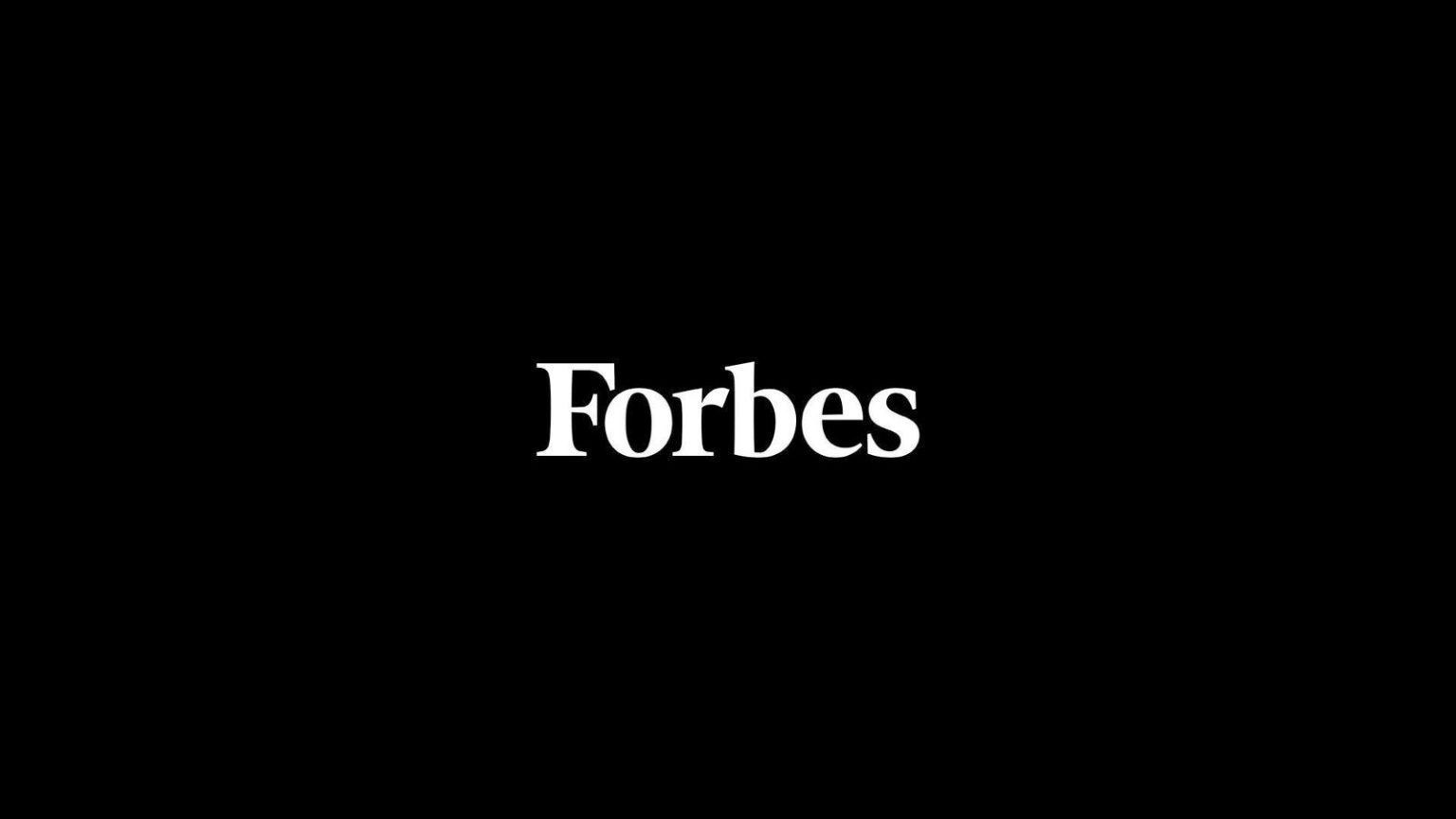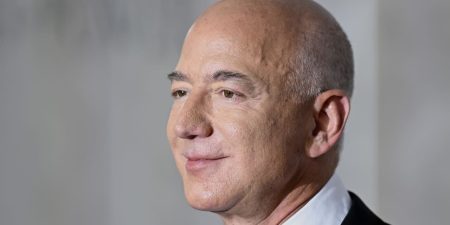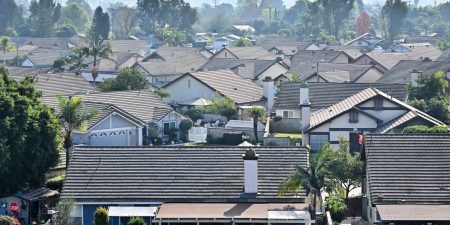The latest inflation data provided by the U.S. government this week showed retail and wholesale prices continuing to stabilize and even fall in some cases. Both the consumer price index and producer price index for October provided fresh evidence that inflation is on the wane. Fueled by a 15% drop in gasoline prices, the CPI was unchanged for the month and the annual increase slowed to 3.2%, while the PPI decreased 0.5% on a monthly basis and was up 1.3% year-over-year.
Receding inflation rates helped to push bond yields lower, with the 10-year U.S. Treasury note yielding 4.4% at the end of the week. That’s down from 5.0% four weeks ago.
Tumbling yields have been especially beneficial for real estate, which jumped 4.5% and was the week’s top-performing sector, followed by materials (+3.8%), consumer discretionary (+3.6%), and utilities (+3.3%). The laggards were defensive sectors: telecommunications services (+0.7%) and consumer staples (+0.8%).
In terms of size, smaller stocks were the week’s biggest winners. The Russell 2000 Small Cap Index surged 5.4%, the S&P Midcap 400 gained 4.0%, and the S&P 500 Index was up 2.3%.
High-dividend yield strategies were leaders in the dividend fund universe. The best performance came from PowerShares High Yield Dividend Achievers (PEY
PEY
DES
Real estate investment trusts were also among the top weekly performers. Forbes Dividend Investor portfolio constituent iShares Mortgage Real Estate (REM) was higher by 4.7%, and the broader iShares Cohen & Steers REIT (ICF
ICF
FDI Portfolio Action: The Forbes Dividend Investor portfolio of 35 stocks since last Friday gained an average of 4.24%. The FDI portfolio has an averge dividend yield of 5.5%.
Intel
INTC
Danbury, Conn.-based furniture outfit Ethan Allen Interiors
ETD
UPS
SCS
BXP
Special Offer: Click here for instant access to all 35 stocks in the Forbes Dividend Investor model portfolio, as well as options-selling ideas to enhance yield and returns with Forbes Premium Income Report.
FDI portfolio stocks display superior rates of dividend growth and revenue growth, as well as for high yields and low payout ratios. Operating cash flow over the past 12 months must be positive, and sufficient to cover the dividend. They also trade at discounts to multiple five-year average valuation measures that include price to sales (P/S), price to book value (P/BV), price to current year expected earnings (P/E), price to cash flow per share (P/CF), and enterprise value/EBITDA.
John Dobosz is editor of Forbes Billionaire Investor, Forbes Dividend Investor and Forbes Premium Income Report.
Read the full article here















